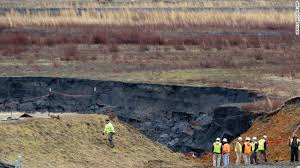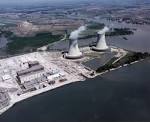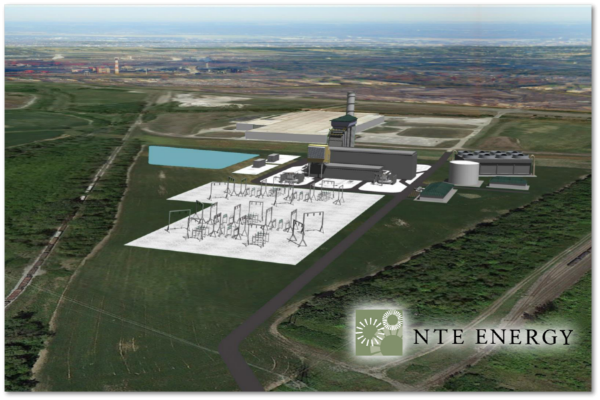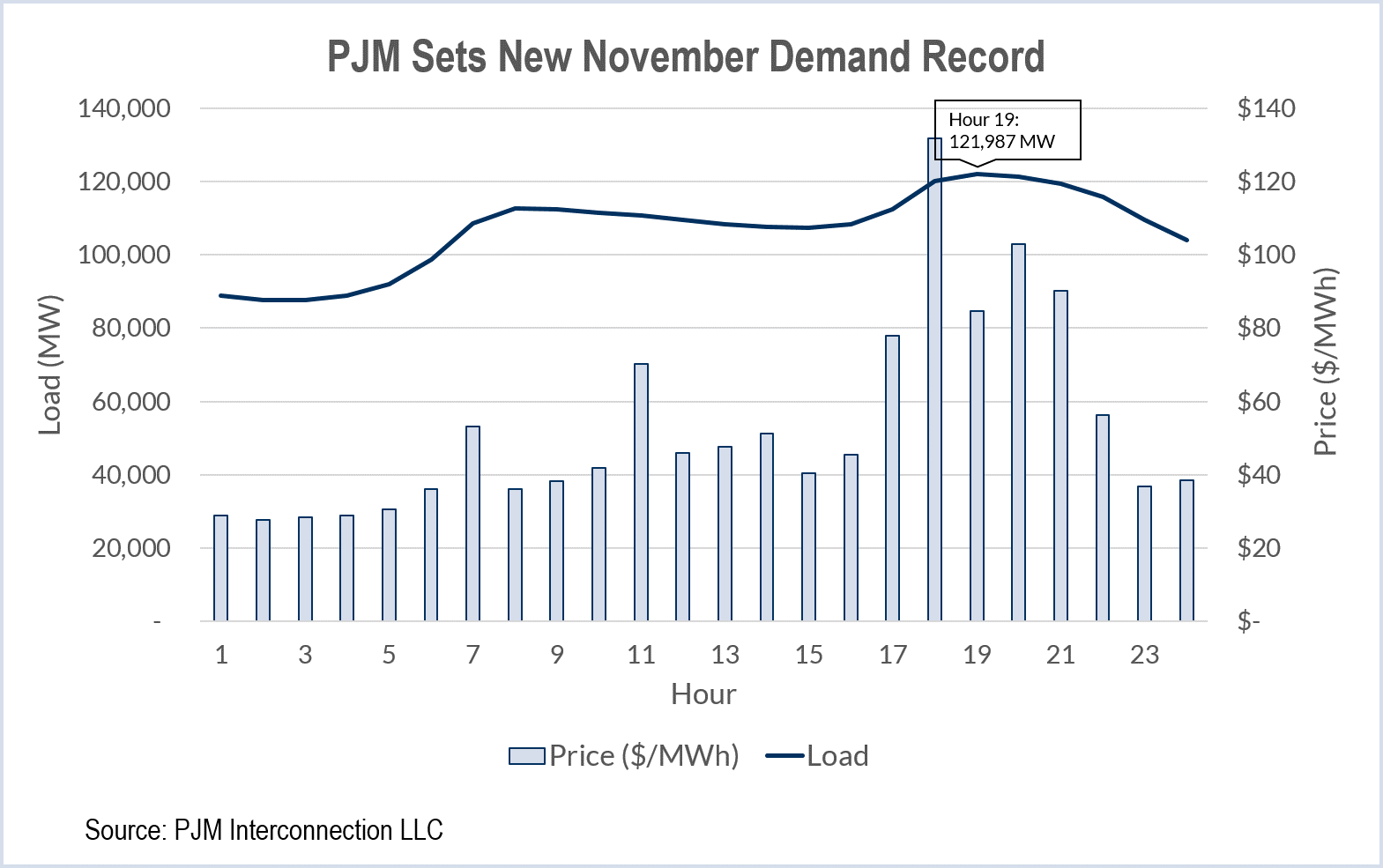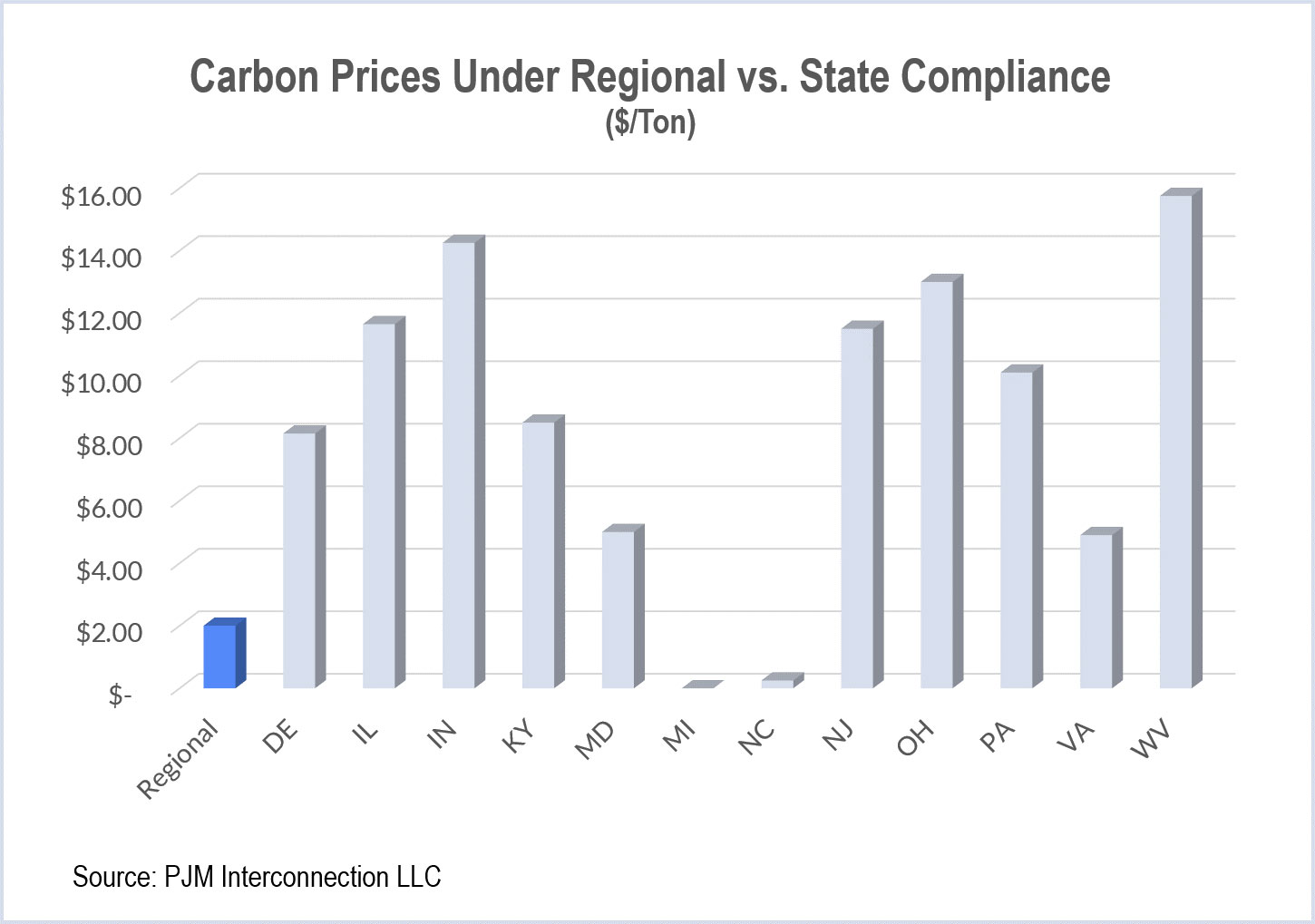By Ted Caddell
After investing in natural gas-fired generation and committing to a $2 billion pipeline investment, Duke Energy now says it might get into gas production.
Duke Chief Financial Officer Steve Young told the annual Edison Electric Institute Financial Conference Nov. 11 that the company’s increasing dependence on natural gas means wellhead investments could make sense for the company.
“Gas prices have some volatility and investments in gas reserves might make sense,” Young said, according to a Bloomberg News account of the conference.
Young didn’t make any specific references to natural gas production investments, but it was the first time a Duke executive raised such a possibility. Since then, the company has declined to make public any plans for natural gas production investments.
“Duke Energy is in the early stages of evaluating investments in shale gas production,” company spokeswoman Jennifer Zajac said. “There are no immediate plans and the company will not make any decisions on the matter any time soon.”
Zajac said Duke is carefully watching another company’s move in that direction, however.
”Duke Energy will continue to monitor Florida Power & Light’s request for a rate-base shale gas production framework from the Florida Public Service Commission,” she said.
The idea is that instead of passing on gas costs to customers as it does now, Duke could control the price at the wellhead, lock in prices for customers and earn a profit on the investment. It would need regulatory approval for such a plan.
NextEra Energy, FPL’s parent company, generates 52% of its electricity using natural gas and has invested in natural gas pipelines. It is pushing for approval of a 600-mile, $3.7 billion natural gas pipeline into Florida from a hub in Alabama. It would partner for the project with Spectra Energy Partners.
Earlier this year, FPL said it was partnering with PetroQuest Energy to develop more than three dozen natural gas wells in the Woodford Shale region in southeastern Oklahoma. It is waiting for the Florida PSC to approve the company’s plan to invest in natural gas production as a long-term program and add it into its rate-base case. Currently, the Florida PSC allows the company to engage in short-term fuel hedging agreements to smooth fuel price volatility. FPL said it expects a decision from the PSC by late this year or early next year.
Like NextEra, Duke is investing in gas-fired generation and pipeline construction. Earlier this year, Duke said it would partner with four other companies to build a 550-mile, $5 billion pipeline to bring Marcellus and Utica shale gas to Virginia and eastern North Carolina. Called the “Atlantic Coast Pipeline,” it would have a capacity of 1.5 billion cubic feet of gas per day. Duke would own 40% of the pipeline. (See Duke, Dominion Propose 550-Mile, $5 Billion Pipeline for Shale Gas.)
At the North Carolina CEO Forum in Raleigh on Oct. 23, Duke CEO Lynn Good noted that its generation portfolio is increasingly dependent on natural gas. “By 2013, it was 20%, and we think it is going to be more and more and more as we go forward,” Good said, according to the Charlotte Business Journal. As recently as 2008, she said, “it would have been close to 0%.”
As part of its $9 billion generation fleet modernization program, the company retired about 3,830 MW of older coal-fired units in recent years, and it says that number will grow to nearly 6,300 MW, about a quarter of its earlier coal fleet. It is building a $600 million gas-fired plant in South Carolina and a $1.5 billion plant in Citrus County, Fla.
The company generated 55% of its power with coal in 2005, a share projected to drop to 38% by 2015. Gas, which was responsible for only 5% of its 2005 output, is expected to generate 24% of its power next year. Duke owns about 50 GW of generation in the U.S.
